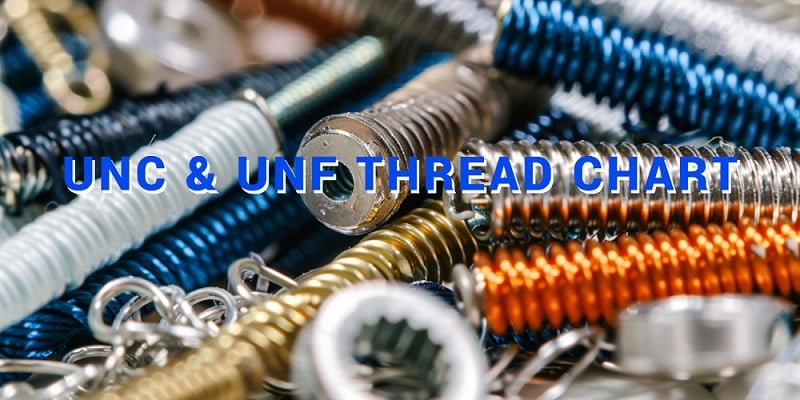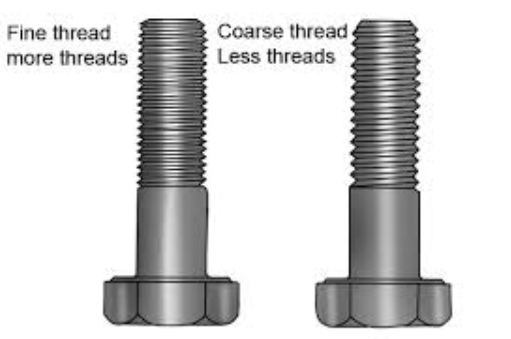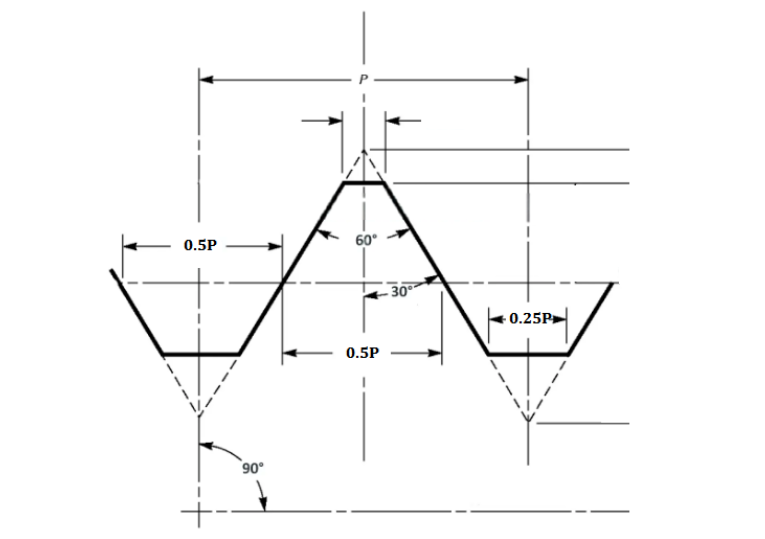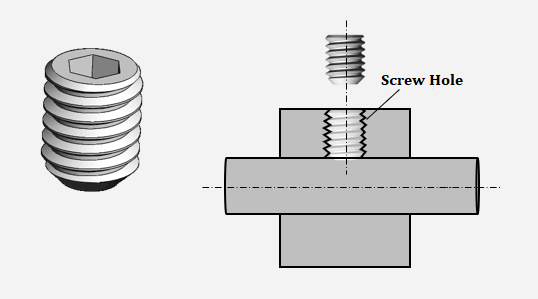Threads are an integral part of the manufacturing industry, playing a crucial role in connecting various mechanical components. UNC and UNF threads are two commonly used thread standards, each designed for specific applications. In this comprehensive guide, we break down the world of threads, exploring the meaning, dimensions, and key differences between UNC and UNF threads.
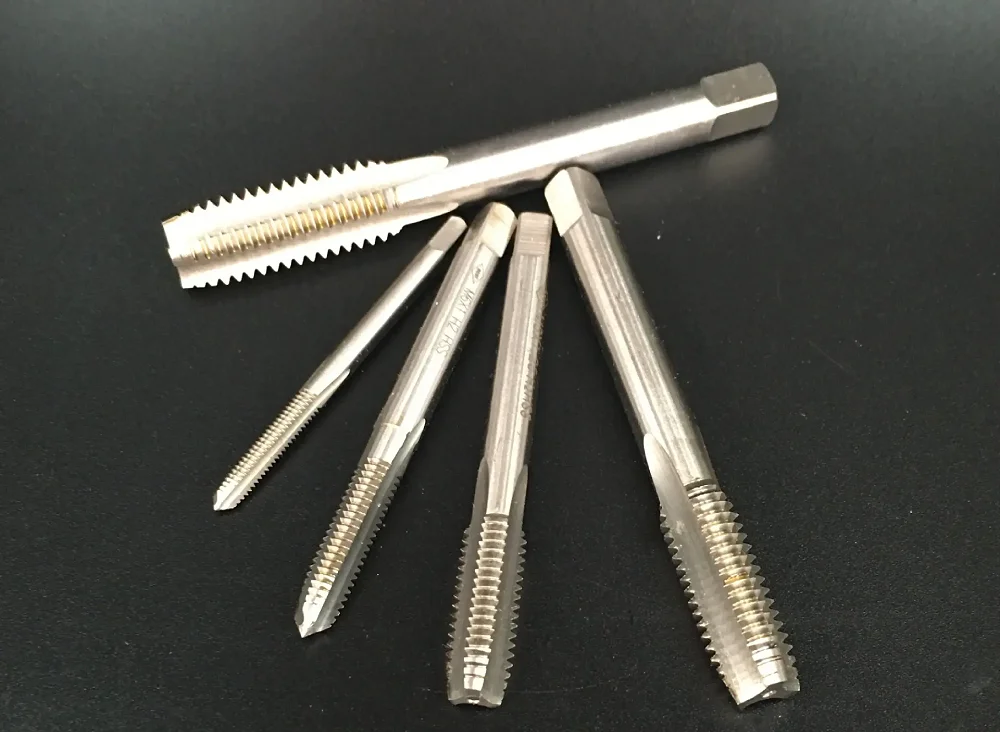
What is UNC Thread Meaning?
The full form of UNC thread is Unified National Coarse Thread. This designation is part of the Unified Thread Standard (UTS), which was established to define standards for fastener threads. The term “UNC” stands for Unified National Coarse – it is one of the most prevalent thread standards in the United States and is widely used for general-purpose applications.

The UNC thread features a relatively large thread pitch, resulting in fewer threads per inch. This coarse thread design enables quick assembly and disassembly of components, making it ideal for applications requiring rapid and reliable connections. UNC threads are commonly used in applications where there is a need for quick assembly or disassembly, or in situations where the parts being joined may be subjected to heavy loads or vibrations.
What is UNF Thread Meaning?
The full form of UNF thread is Unified Fine Thread. “UNF” stands for Unified National Fine. This designation is part of the Unified Thread Standard (UTS), which is a system used primarily in the United States and Canada for specifying screw threads. Similar to UNC threads, UNF threads are also extensively used in the United States.

However, UNF threads have a smaller thread pitch, resulting in a greater number of threads per inch. The finer thread pitch provides higher precision and better resistance to vibration, making UNF threads suitable for applications requiring increased strength and a secure connection. UNF threads are often used in applications where the parts being joined need to be securely fastened with a higher level of precision, such as in delicate instruments or equipment.
What is UNEF Thread Meaning?
UNEF thread stands for Unified National Extra Fine and is part of the Unified Thread Standard (UTS) system used primarily in the United States. It features a finer thread pitch than both UNC (Unified National Coarse) and UNF (Unified National Fine), meaning it has more threads per inch for the same nominal diameter. This finer pitch provides greater precision, increased tensile strength, and better resistance to vibration, making UNEF threads ideal for high-precision and limited-space applications such as aerospace, instrumentation, and delicate mechanical assemblies. In thread designations, UNEF specifies the thread series, and the full description typically includes the major diameter, threads per inch, thread class, and whether it’s an internal or external thread—for example, 1/4-32 UNEF-2A.
What is the Difference between UNC and UNF Threads?
Now that we have a basic understanding of UNC and UNF threads, let’s explore their key differences:
Thread Pitch (TPI):
The primary distinction between UNC and UNF threads lies in their thread pitch, measured in Threads Per Inch (TPI). UNC threads have a coarser pitch, meaning the threads are spaced farther apart, resulting in fewer threads per inch. UNF threads have a smaller pitch, leading to a higher number of threads per inch. This results in a finer thread profile for UNF fasteners. This difference significantly impacts the threads’ performance and applications.

Tensile Strength and Resistance to Loosening:
UNF threads generally offer higher tensile strength due to their smaller pitch and increased number of threads in contact with the mating surface. This allows them to better withstand tension and shear forces. The fine threading also improves resistance to loosening under vibration, making them more dependable in settings where consistent load and stability are important.
On the other hand, UNC threads, while not as resistant to loosening, are more tolerant of wear and thread damage due to their coarser profile. They also tend to resist thread stripping better when the engagement length is short.
Ease of Assembly and Durability:
UNC threads are easier to align and install quickly, especially in softer materials like wood or plastic. They are less prone to thread galling – a condition where threads stick or seize due to friction – making them suitable for applications involving repeated assembly or disassembly.
UNF threads, due to their tighter fit, require more turns to fully engage, which can increase installation time and make them more susceptible to galling, especially in high-friction environments.
Applications:
UNC Threads are typically used in general construction, woodwork, automotive, and household hardware, where speed, convenience, and durability are valued. UNF Threads are often selected for higher-precision applications such as aerospace components, automotive engines, and machinery, where space is limited and a more secure, tight-fitting thread is required.
UNC and UNF Thread Dimensions
To understand the differences between UNC and UNF threads more effectively, let’s examine their dimensions:
UNC Thread Dimensions:
The UNC thread dimensions are specified using a standard format, denoting the diameter, threads per inch (TPI), and thread series. For example, a ¼”-20 UNC thread indicates a 0.25-inch diameter with 20 threads per inch under the Unified National Coarse series.
UNF Thread Dimensions:
Similarly, UNF thread dimensions are also represented in the same format. A ¼”-28 UNF thread would signify a 0.25-inch diameter with 28 threads per inch under the Unified National Fine series.
UNC vs UNF Thread Size Chart

How To Read UNC and UNF Thread Sizes?
Reading UNC (Unified National Coarse) and UNF (Unified National Fine) thread designations involves understanding a combination of numbers and letters that describe the thread size, pitch, series, and tolerance class. Here’s how to interpret a typical thread specification such as:
1/4-20 UNC-2A
1. Major Diameter
The first number refers to the major diameter of the fastener, typically in inches for UNC and UNF threads. In this example, 1/4 means the outer diameter of the thread is 0.25 inches.
2. Threads Per Inch (TPI)
The second number indicates the threads per inch (TPI). This tells you how many threads are present in a one-inch length of the fastener. In 1/4-20, the 20 means there are 20 threads per inch.
- UNC (Coarse) threads have fewer TPI, resulting in deeper, more widely spaced threads.
- UNF (Fine) threads have more TPI, which means shallower and closely spaced threads.
For example:
1/4-20 UNC= 1/4 inch diameter with 20 TPI (coarse)1/4-28 UNF= 1/4 inch diameter with 28 TPI (fine)
3. Thread Series
The thread series is indicated right after the TPI:
UNCstands for Unified National CoarseUNFstands for Unified National Fine
This part tells you whether the thread is coarse or fine.
4. Thread Class
After the thread series, you’ll usually see a number and a letter, such as 2A or 2B. This part defines the thread class and tolerance.
- The number (1, 2, or 3) represents the fit tolerance:
1= Loose fit2= Standard fit (most common)3= Tight fit
- The letter indicates thread type:
A= External thread (such as a bolt)B= Internal thread (such as a nut)
So, 2A means a standard external thread fit, while 2B would refer to a standard internal thread fit.
Summary of Example: 1/4-20 UNC-2A
1/4: Major diameter (0.25 inches)20: Threads per inchUNC: Unified National Coarse thread series2A: Medium class external thread
UNC vs. UNF Thread – Which One Is Better for Your Application?
When choosing between UNC and UNF threads for your specific application, several factors need to be considered:
Load-Bearing Requirements:
If your application involves heavy loads and requires enhanced strength and vibration resistance, UNF threads are the preferred choice. On the other hand, for applications with less demanding load-bearing requirements and a need for rapid assembly, UNC threads may be more suitable.
Environmental Considerations:
Consider the environmental conditions to which your components will be exposed. If the application involves exposure to excessive vibration or other harsh conditions, UNF threads’ superior vibration resistance may be crucial in maintaining a stable connection.
Industry Standards:
Certain industries and applications may have specific thread requirements outlined in industry standards. It is essential to check these standards and specifications to ensure compliance and optimal performance.
UNC and UNF threads are two essential thread standards used extensively in the manufacturing industry. Their differences in thread pitch, strength, and vibration resistance make each type suitable for specific applications. Understanding the nuances between these thread types is vital for selecting the right one that best suits your needs. Whether you require the ease of assembly of UNC threads or the precision and vibration resistance of UNF threads, making the right choice will ensure a reliable and efficient connection between your mechanical components.


